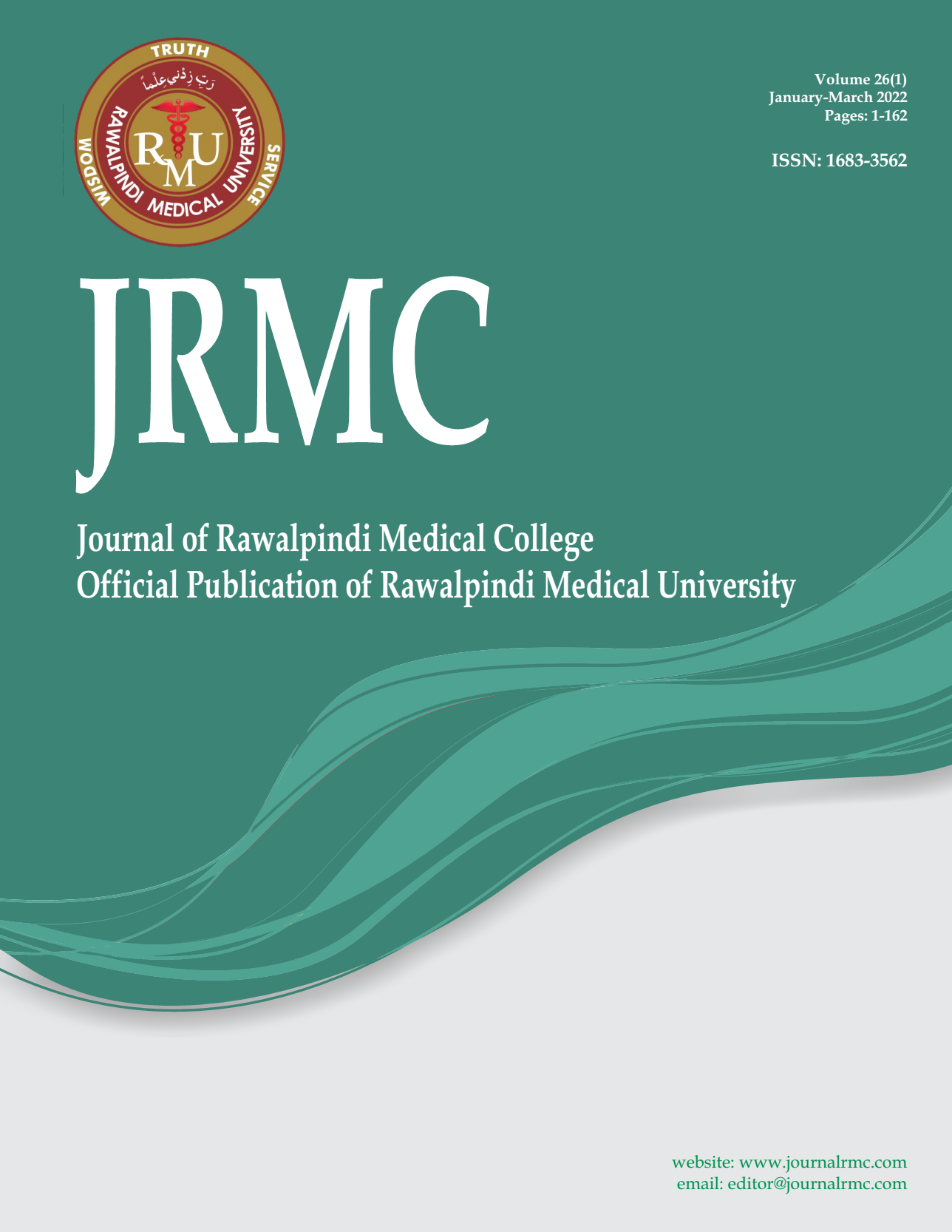Abstract
Background: Oligohydramnios is defined as a condition with low volume of amniotic fluid relative to gestational age. Long-term oligohydramnios can result in pulmonary hypoplasia, intra uterine growth retardation, Potter’s syndrome, club hand & foot and dislocation of hip. This study was conducted to assess feto-maternal outcome in isolated oligohydramnios and factors associated with poor outcome.
Methodology: This case-control study was conducted from January to December 2020 in the Gynecology & Obstetrics and Radiology departments of HBS General Hospital, Islamabad. Total 300 patients with isolated oligohydramnios fulfilling the criterion were included. For cases, patients with singleton intrauterine pregnancy with AFI <5, of any age or parity with gestational age of more than 34 weeks were included. 300 controls were also taken. Patients with increased amount of amniotic fluid, diabetics, hypertensive and cardiac patients were excluded. Patient were followed up till delivery. Mode of delivery was checked out. Fetal APGAR score at 1 minute and at 5 minutes were observed. New born weight and NICU admissions were recorded. Data was analyzed via SPSS v26.
Results: Forty six percent (n=138) patients underwent caesarean section while fifty four percent (n=162) had normal vaginal delivery. Significant association (OR=1.85, P<0.001) was found between caesarean section in mothers with oligohydramnios compared to controls. Thirty eight percent (n=114) of neonates among cases had low APGAR score. Significant association (OR=3.29, P<0.001) was found between low APGAR score and mothers with oligohydramnios compare3d to controls. Thirty percent (n=90) required NICU admission. There were 6 still births. Mother’s with oligohydramnios have double risk of still birth and NICU admission compared to women with normal fluid levels.
Conclusion: Neonate born with mothers having oligohydramnios have low birth weight, lower APGAR scores and high rate of NICU admissions. Delivery at 37-39 weeks in oligohydramnios is associated with higher rate of still births.

